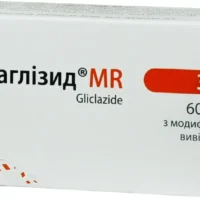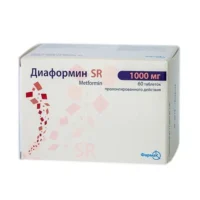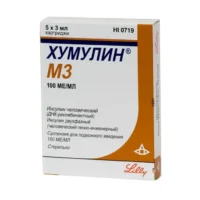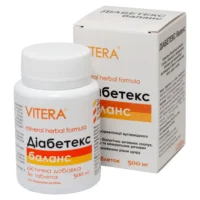Description
Lantus Solostar Solution for Injections 100 IU/ml. 3 ml. №5 Cartridge
Ingredients:
Lantus Solostar contains insulin glargine, glycerol, meta-cresol, zinc oxide, and water for injections.
Mechanism of Action:
Insulin glargine in Lantus Solostar lowers blood glucose levels by enhancing cellular glucose uptake and inhibiting hepatic glucose production. Its extended action provides a basal insulin release pattern.
Pharmacological Properties:
Lantus Solostar effectively controls blood sugar levels over an extended period, aiding in glycemic control in patients with diabetes mellitus.
Indications for Use:
Lantus Solostar is indicated for the treatment of diabetes mellitus in adults, adolescents, and children aged 2 years and above to maintain optimal blood glucose levels.
Contraindications:
Do not use Lantus Solostar if allergic to insulin glargine or any other components. It is contraindicated for the treatment of diabetic ketoacidosis.
Side Effects:
Common side effects may include hypoglycemia, injection site reactions, and allergic reactions. Consult a healthcare provider for a complete list of adverse effects.
Usage Instructions:
Administer Lantus Solostar subcutaneously once daily at the same time each day. Rotate injection sites to prevent lipodystrophy.
Benefits Compared to Analogues:
In comparative studies, Lantus Solostar has shown similar efficacy to other long-acting insulin analogs in controlling blood glucose levels with reduced risk of hypoglycemia. Its once-daily dosing regimen enhances patient compliance.
Suitable Patient Groups:
Lantus Solostar is suitable for children, adults, and elderly patients with diabetes mellitus requiring long-acting insulin therapy.
Storage and Shelf Life:
Store Lantus Solostar in a refrigerator at 2-8°C. Do not freeze. Protect from light. The shelf life of an unopened cartridge is as indicated on the packaging.
Packaging Description:
Lantus Solostar is available in a pack containing 5 cartridges of 3 ml each, delivering 100 IU/ml of insulin glargine solution for subcutaneous injections.
Clinical Evidence and Proven Effectiveness:
Lantus Solostar has demonstrated efficacy in clinical trials, showing improved glycemic control in patients with type 2 diabetes. Research in the Journal of Diabetes Science and Technology supported its long-term benefits in managing diabetes.





